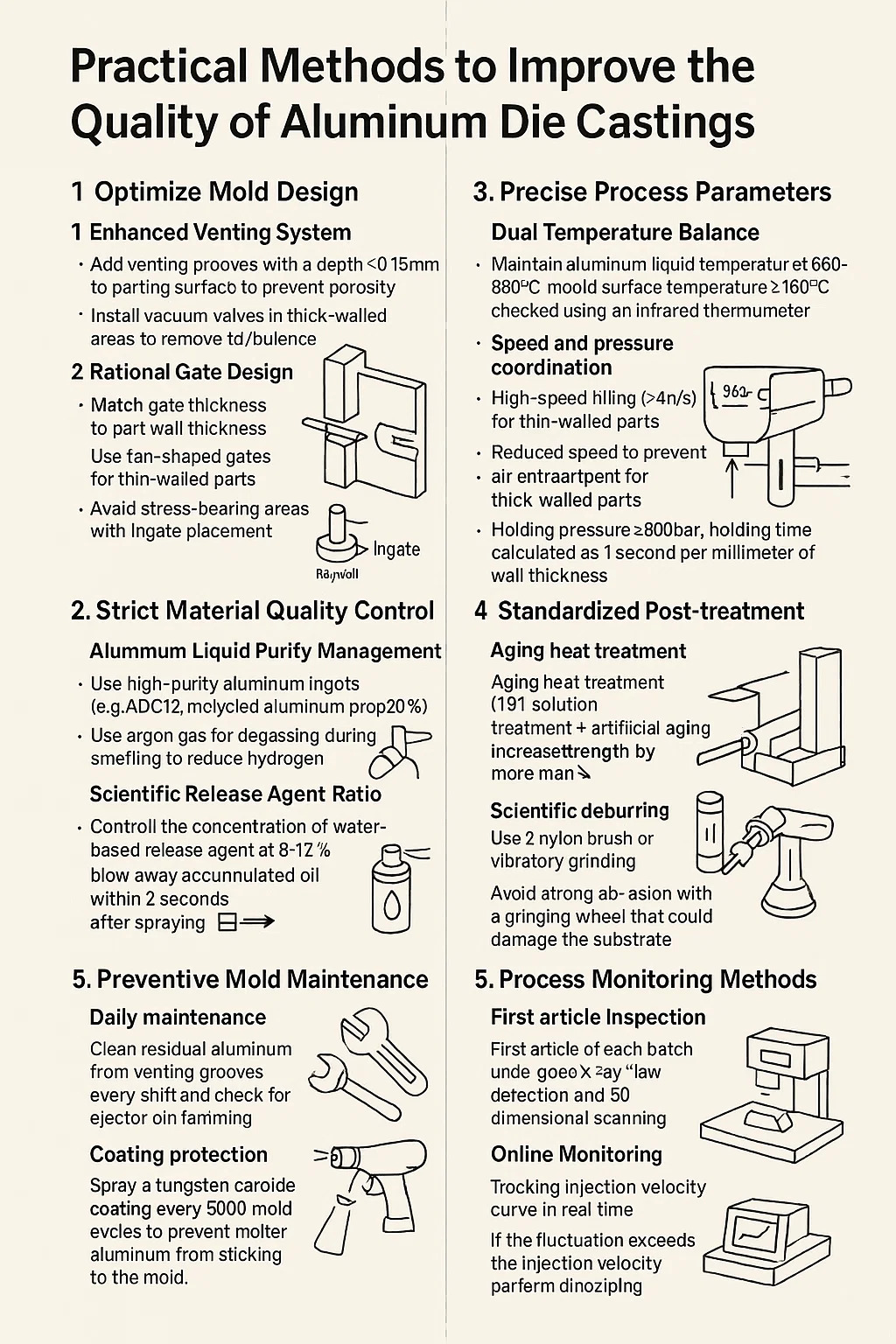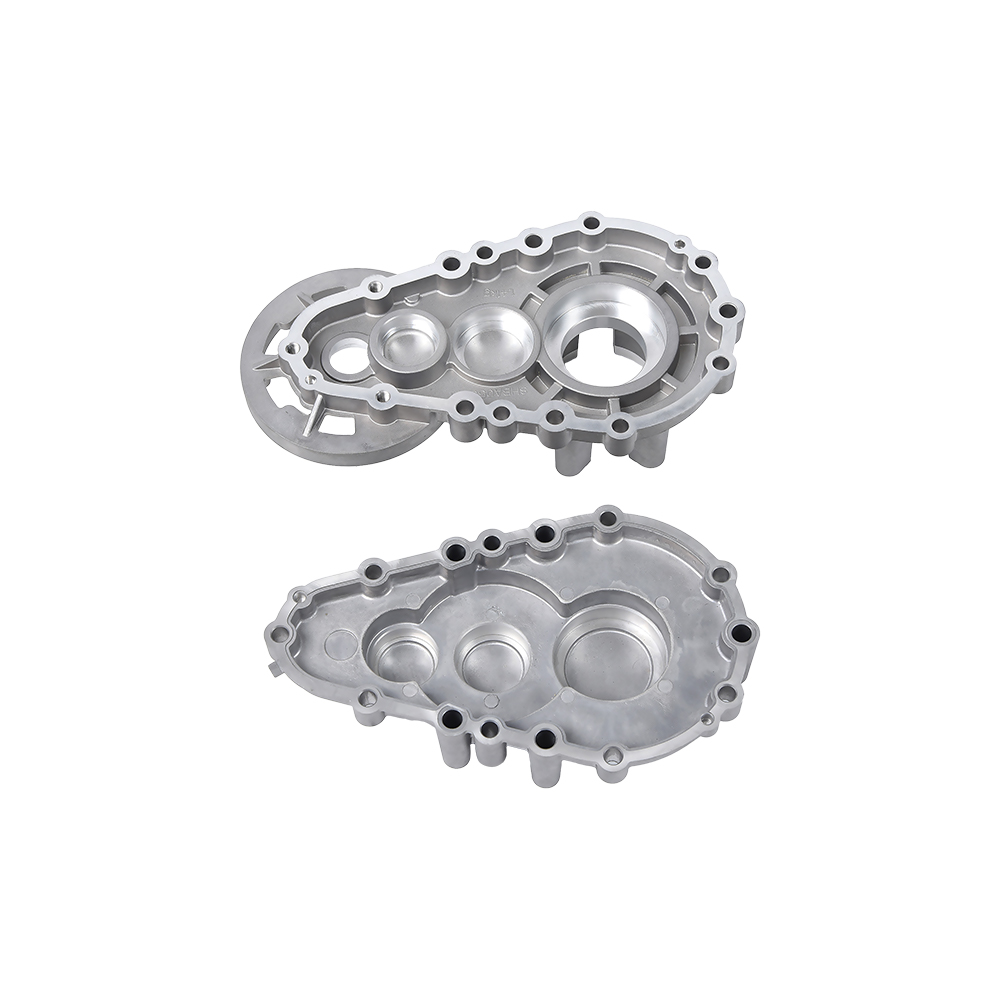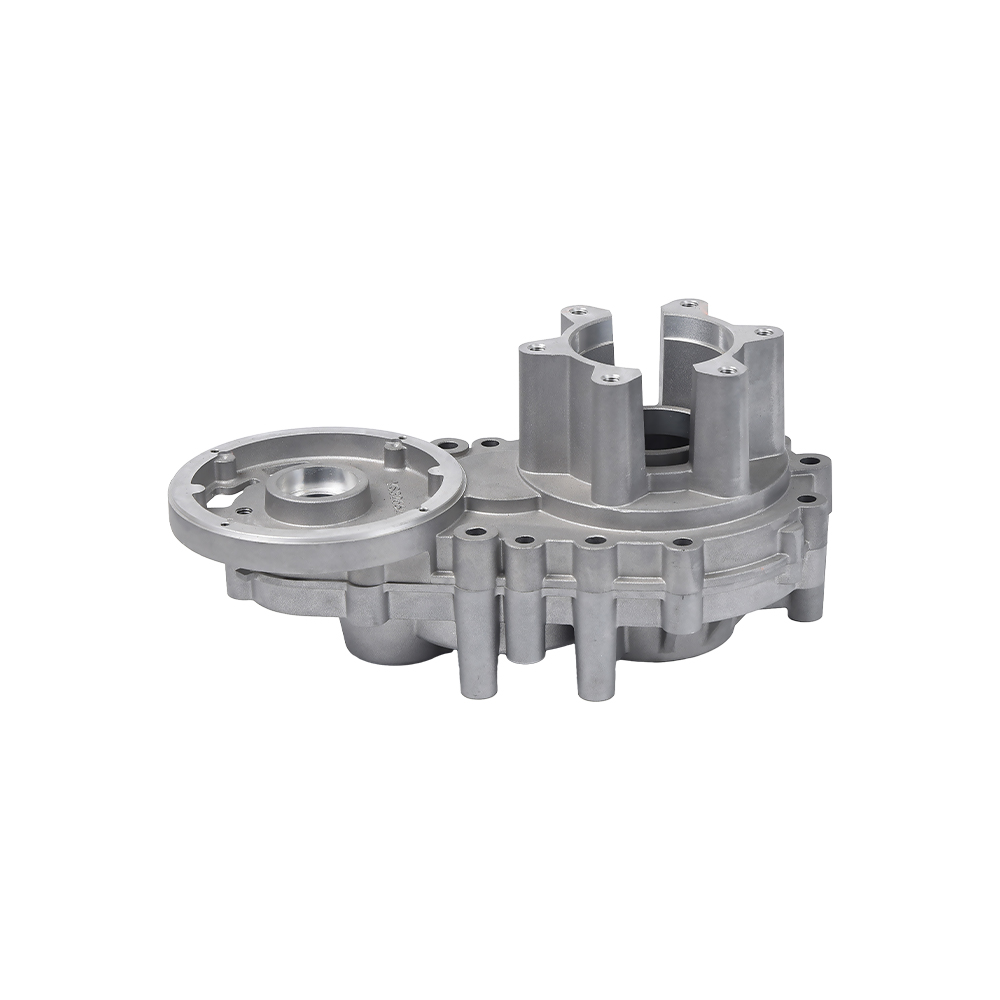Practical Methods to Improve the Quality of Aluminum Die Castings
Content
1. Optimize Mold Design
• Enhanced Venting System: Add venting grooves with a depth ≤0.15mm to the parting surface to prevent porosity.
Install vacuum valves in thick-walled areas to remove residual air from the mold cavity.
• Rational Gate Design: Match gate thickness to part wall thickness; use fan-shaped gates for thin-walled parts to prevent turbulence.
Avoid stress-bearing areas with ingate placement to reduce stress concentration.
2. Strict Material Quality Control
• Aluminum Liquid Purity Management: Use high-purity aluminum ingots (e.g., ADC12), with recycled aluminum proportion ≤20%.
Use argon gas for degassing during smelting to reduce hydrogen porosity.
• Scientific Release Agent Ratio: Control the concentration of water-based release agent at 8-12%, and blow away any accumulated oil within 3 seconds after spraying.
3. Precise Process Parameters
• Dual Temperature Balance: Maintain aluminum liquid temperature at 660-680℃ to avoid overheating oxidation or low-temperature cold shut-off.
Mold surface temperature ≥150℃ (checked using an infrared thermometer).
• Speed and pressure coordination: High-speed filling (>4m/s) for thin-walled parts, reduced speed to prevent air entrapment for thick-walled parts.
Holding pressure ≥600bar, holding time calculated as 1 second per millimeter of wall thickness.
4. Standardized post-treatment
• Aging heat treatment (T6): Solution treatment + artificial aging, increasing strength by more than 30%.
• Scientific deburring: Use a nylon brush or vibratory grinding; avoid strong abrasion with a grinding wheel that could damage the substrate.
• Surface passivation treatment: Acid pickling and passivation before anodizing to eliminate hidden corrosion points.
5. Preventive mold maintenance
• Daily maintenance: Clean residual aluminum from the venting grooves every shift and check for ejector pin jamming.
• Coating protection: Spray a tungsten carbide coating every 5000 mold cycles to prevent molten aluminum from sticking to the mold.
6. Process Monitoring Methods
• First Article Inspection: The first article of each batch undergoes X-ray flaw detection and 3D dimensional scanning.
• Online Monitoring: The injection velocity curve is tracked in real time. If the fluctuation exceeds the injection velocity curve, the machine is immediately stopped.


 English
English русский
русский Español
Español










